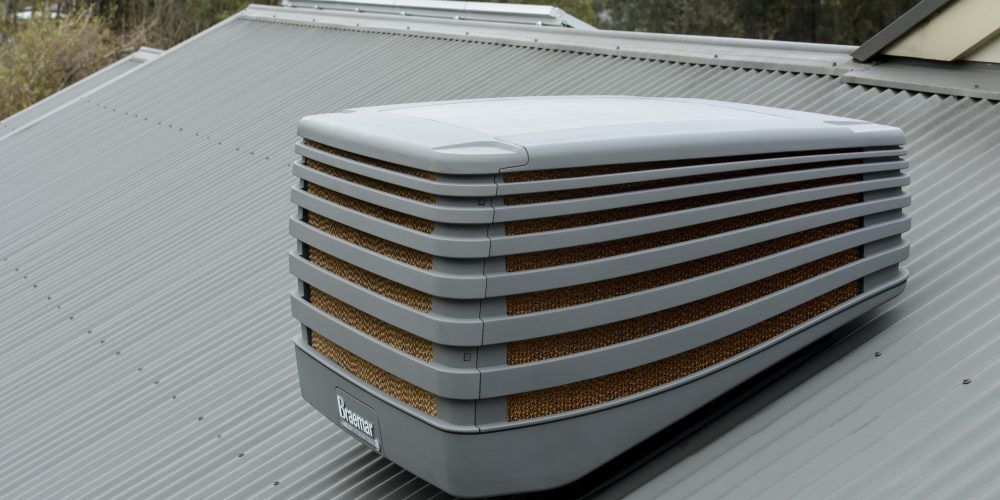1. What is Evaporative Cooling
An evaporative cooler is a device that cools air through the evaporation of water. Evaporative cooling differs from typical air conditioning systems, which use vapor-compression or absorption refrigeration cycles. Roof-mounted system supplying cool air through vents using evaporation.
2. How does Evaporative Cooling work
Evaporative cooling takes a more innovative approach. As the name suggests, the process cools air by evaporating water. This is done first by drawing in the surrounding fresh, hot or warm, dry air from outside your house via a cooling unit on top of the roof that is connected to a series of outlets, or ducts, placed strategically throughout the building. The warm is then filtered through wet pads or quilts, with the resulting evaporation cooling the air and increasing its moisture content. This technique allows evaporative cooling devices to be used even in open areas.
It takes in the warm air from the outside and the produced cool air is then blasted through the entire house via the ductwork into every room you want cooled and then out through open windows and doors, giving a steady supply of fresh, cool air.
3. The reasons you should choose Evaporative Cooling
The benefits of evaporative cooling far outweigh those of traditional air conditioning. For a start, because of its design, it uses significantly less power per hour. This translates to bigger savings on utility costs, which not only means less impact on your bank account but also on the environment. Unlike air conditioning, evaporative coolers use no CFCs and thus do not release any into the atmosphere, which has been claimed to affect the ozone layer. In addition, it is more efficient, simple, and practical, especially in areas with a dry, hot climate.



